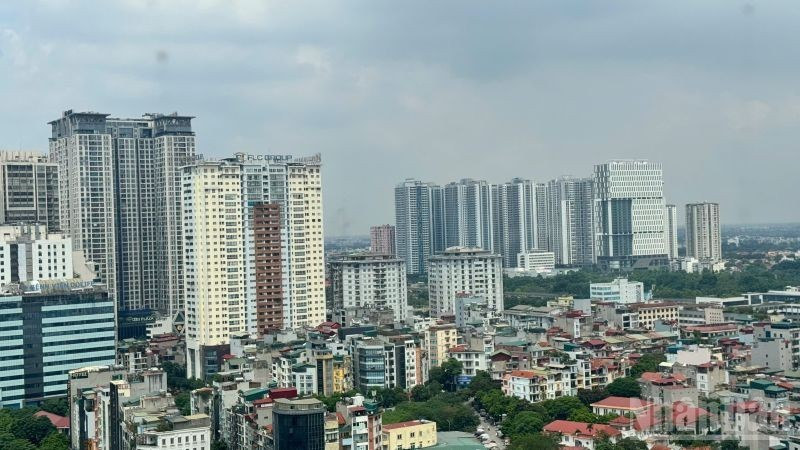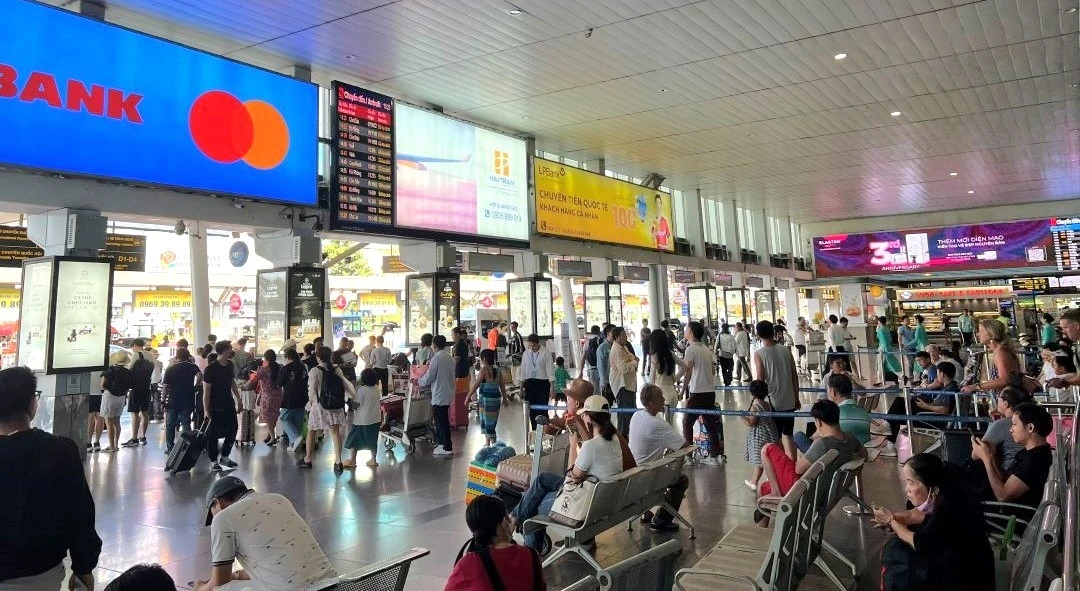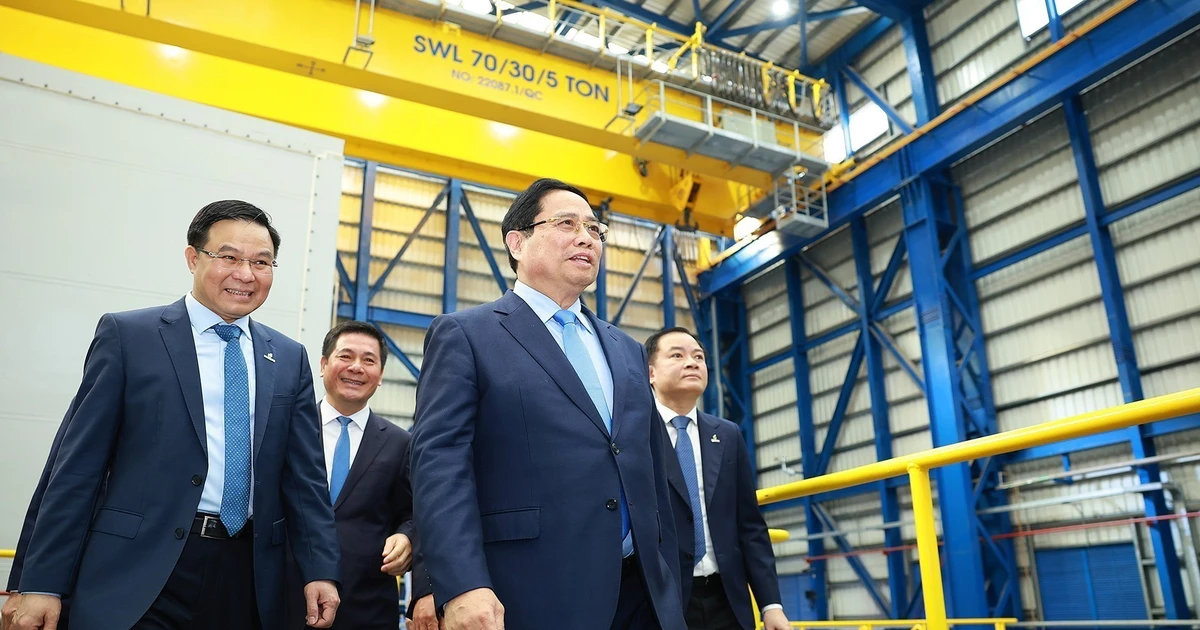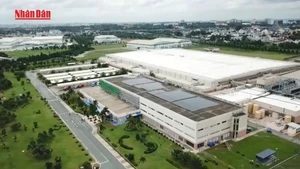According to the General Statistics Office, the construction and real estate sector has contributed an average of around 10% to national GDP in recent years. Of this, the real estate sector alone accounts for about 3.5%, adding about 0.5 percentage points to GDP growth. However, the sector’s share of Viet Nam’s GDP is only about 50% of the average contribution compared to other countries in the region.
The scale of real estate compared to total economic assets has only reached about 21% — significantly lower than the rate of 35% in developed countries.
Increasing supply but unbalanced structure
The Viet Nam Association of Real Estate Brokers said that over the past three years, housing supply has increased significantly, but the supply structure is still unbalanced. Most new supply focuses on high-end, large-value projects that mainly serve investment demand, including speculation. Even in suburban areas, which were expected to offer more affordable housings, selling prices remain far higher than the average income level of people and are only “relatively lower” than those in the city centre. Meanwhile, the market’s greatest demand lies in affordable housing segment.
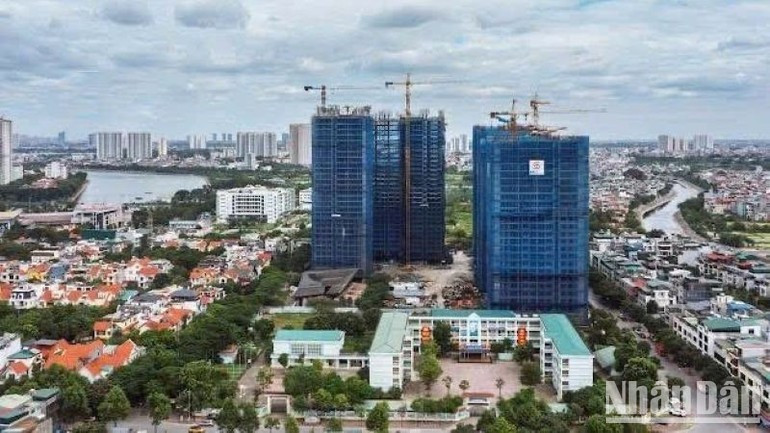
This supply-demand mismatch has caused housing prices, especially apartment prices in major cities, to surge, creating new price levels and far exceeding the growth rate of actual income. This not only reduces the opportunity to access housing for the majority of people, but it also increases the risk of forming a price bubble.
It assumes that housing prices and household income will remain the same, with housing accessibility decreasing sharply. For a two-bedroom apartment priced at around 5 billion VND, even a high-income family earning 50 million VND per month would need about eight years if they spent all their income on buying a house, or 25 years if adhering to the principle that housing costs should not exceed one-third of income.
Under this principle, even social housing segment, which is designed for low-income households in urban areas, is no longer “cheap”, with a 60m² apartment costing around 1.5 billion VND. A family meeting the maximum income threshold for eligibility — 40 million VND per month — would still need about 10 years of saving. In reality, the period is far longer if buyers use the loan option. As a result, the gap between asset-owners and non-owners is becoming entrenched, as real estate growth primarily benefits those who already hold property.
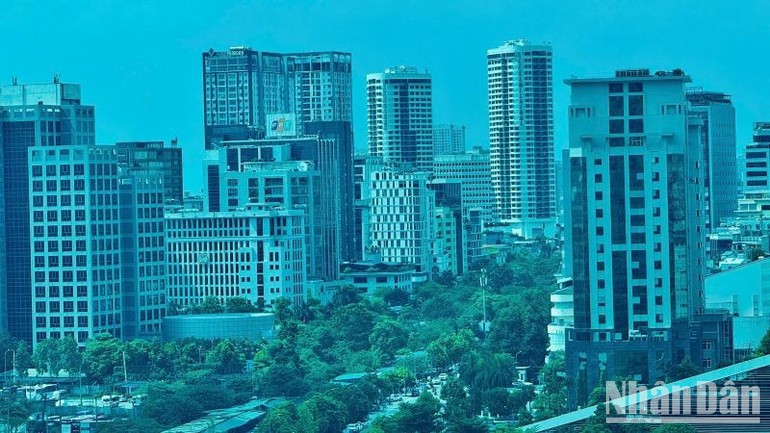
Four solutions to "brake" rising housing price momentum
Therefore, the Viet Nam Association of Real Estate Brokers believes that, in order for the real estate market to continue to grow without causing risks for itself and the economy, there needs solutions to "brake" the hot growth of housing prices.
Firstly, accelerating the issuance of implementation guiding documents for the new legal framework, while improving execution capacity of the local agencies. At the same time, decentralisation should be strengthened so that localities can adjust policies flexibly according to their regions and times, suitable with the socio-economic development goals and infrastructure and urban completion levels in each region.
Land clearance bottlenecks must be addressed transparently and effectively to shorten project implementation timelines for enterprises while ensuring people’s rights. The abolition of the regulation on 5.4%/year additional land-use fee for delayed payments should be considered in cases where people had a decision to allocate/lease land before August 1, 2024, but have not fixed the land price, and clear and stable land-use fee calculation methods should be promptly issued. This would help reduce project development costs, thereby creating room for reducing housing prices.
Secondly, diversifying capital sources to reduce dependence on bank credit. Restructuring the corporate bond market so it becomes an effective medium- and long-term capital channel. At the same time, promoting the establishment of a National Housing Fund and develop real estate investment trusts (REITs) funds.
Thirdly, prioritising social housing and income-appropriate housing projects in planning and issuing incentive mechanisms. Urban development must be linked with transport infrastructure — especially ring roads, metro lines, and expressways — to expand urban space and reduce pressure on land prices in central areas. In parallel, the professional rental market should be developed to reduce the mindset that “owning a house is essential for stability”.
Fourthly, accelerating construction and completion of a unified, transparent national database on land, housing, and real estate. An open, interconnected data system, including planning, transactions, values, legal status, and land-use changes among ministries, sectors, and localities will contribute to improving monitoring, policymaking, and transparency while minimising risks, thereby preventing speculation and price manipulation and protecting the legitimate rights of people and businesses.
